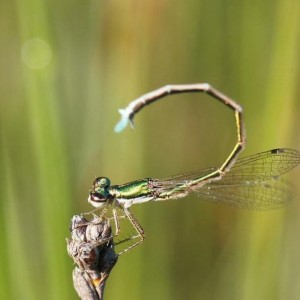How did it all begin?
One by one in mid-2011, our founder, Mark Bachmann, tapped a small group of trusted colleagues on the shoulder with the idea of starting a new, regionally-based not-for-profit organisation.
With a range of complementary skills and a passion for practical solutions, the challenge we issued ourselves was this: to design and develop a new environmental non-government organisation model for delivering practical, pragmatic on-ground environmental action, informed by science.
We recognised the need for our new NGO to have a regional focus, and to prioritise working closely and respectfully with the diversity of people in the local communities where we live and work, especially people on the land.
Nature Glenelg Trust is our living experiment that continues to ‘fill the gaps’, and we invite you to join us.



